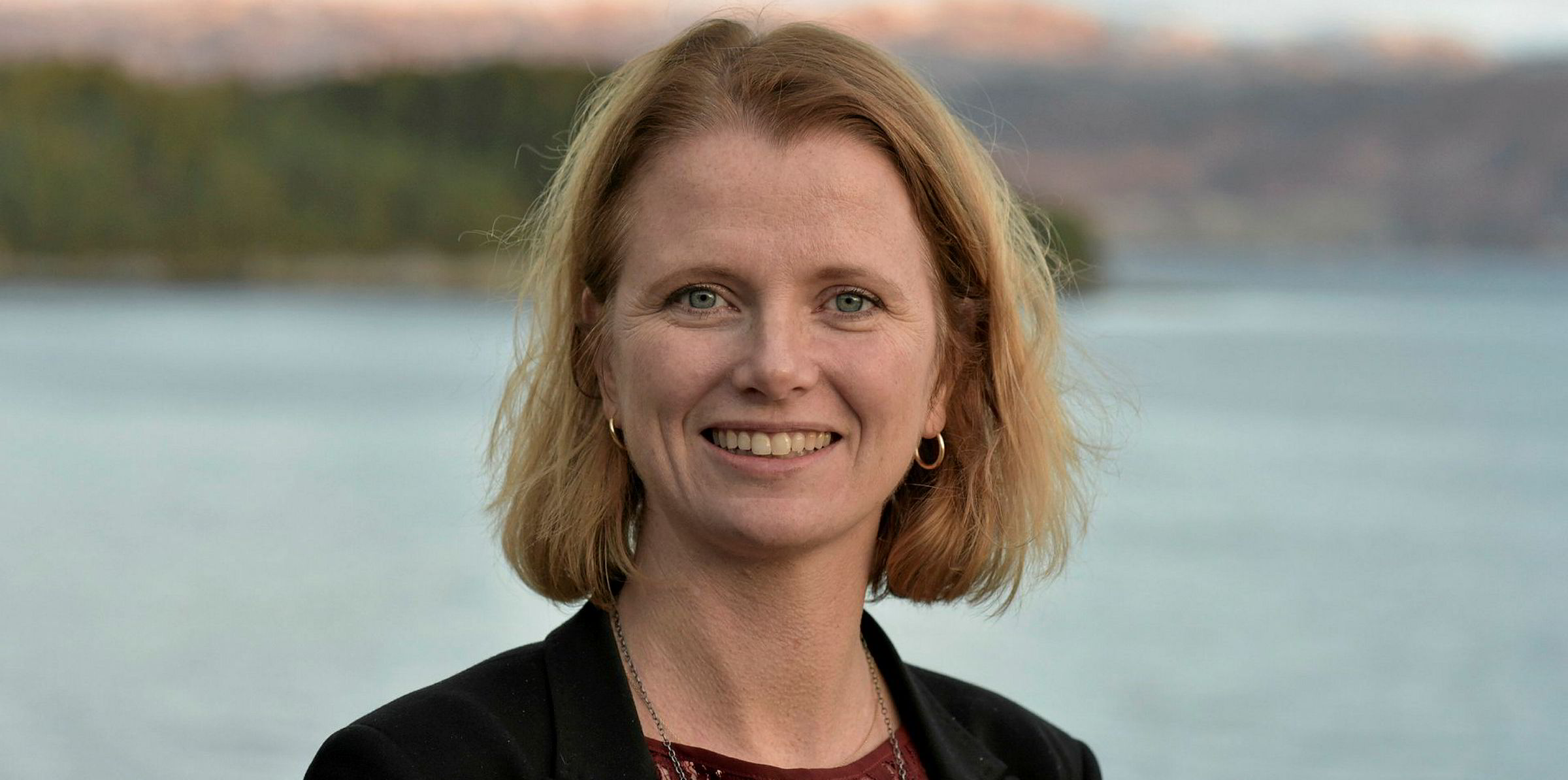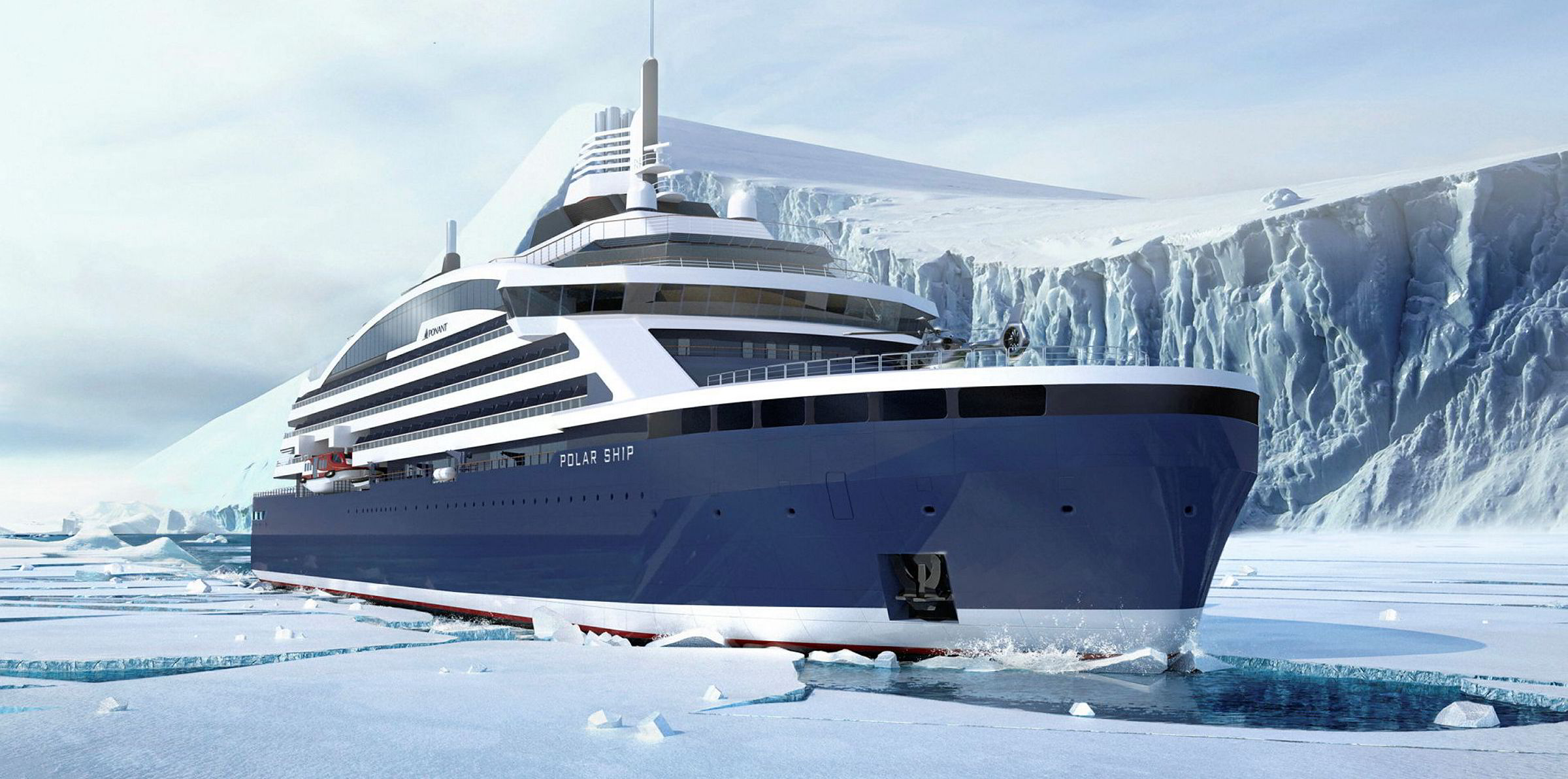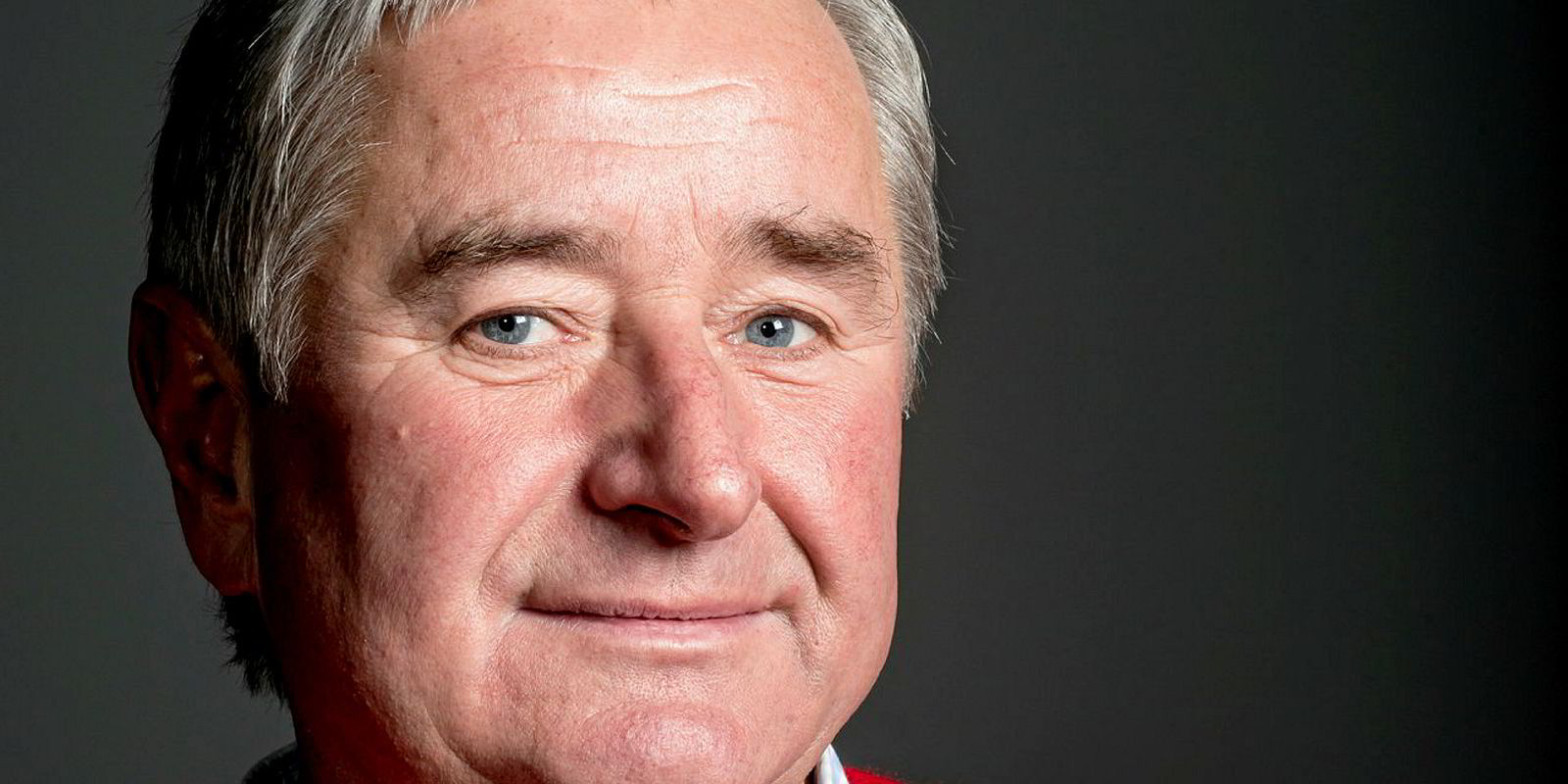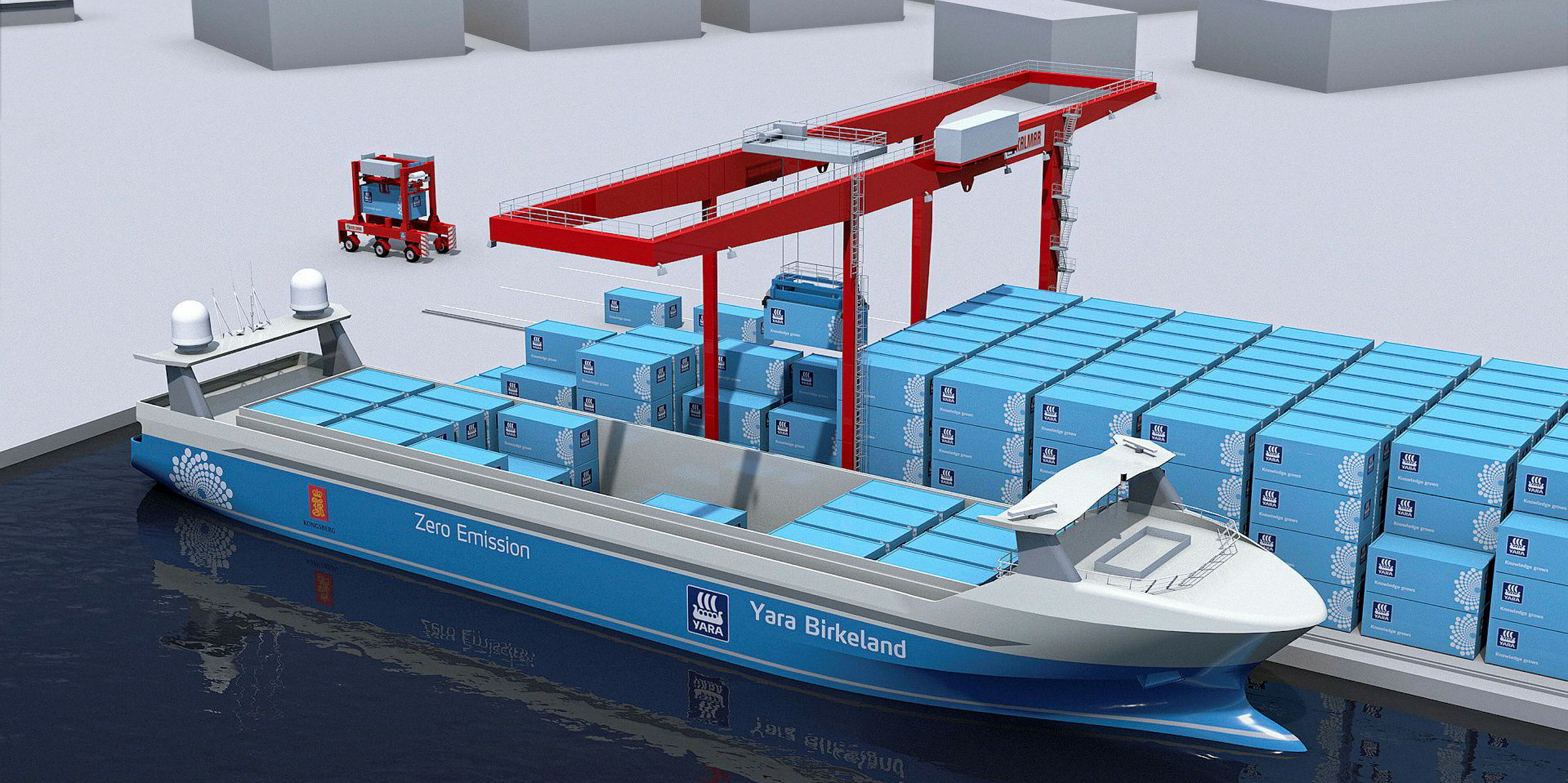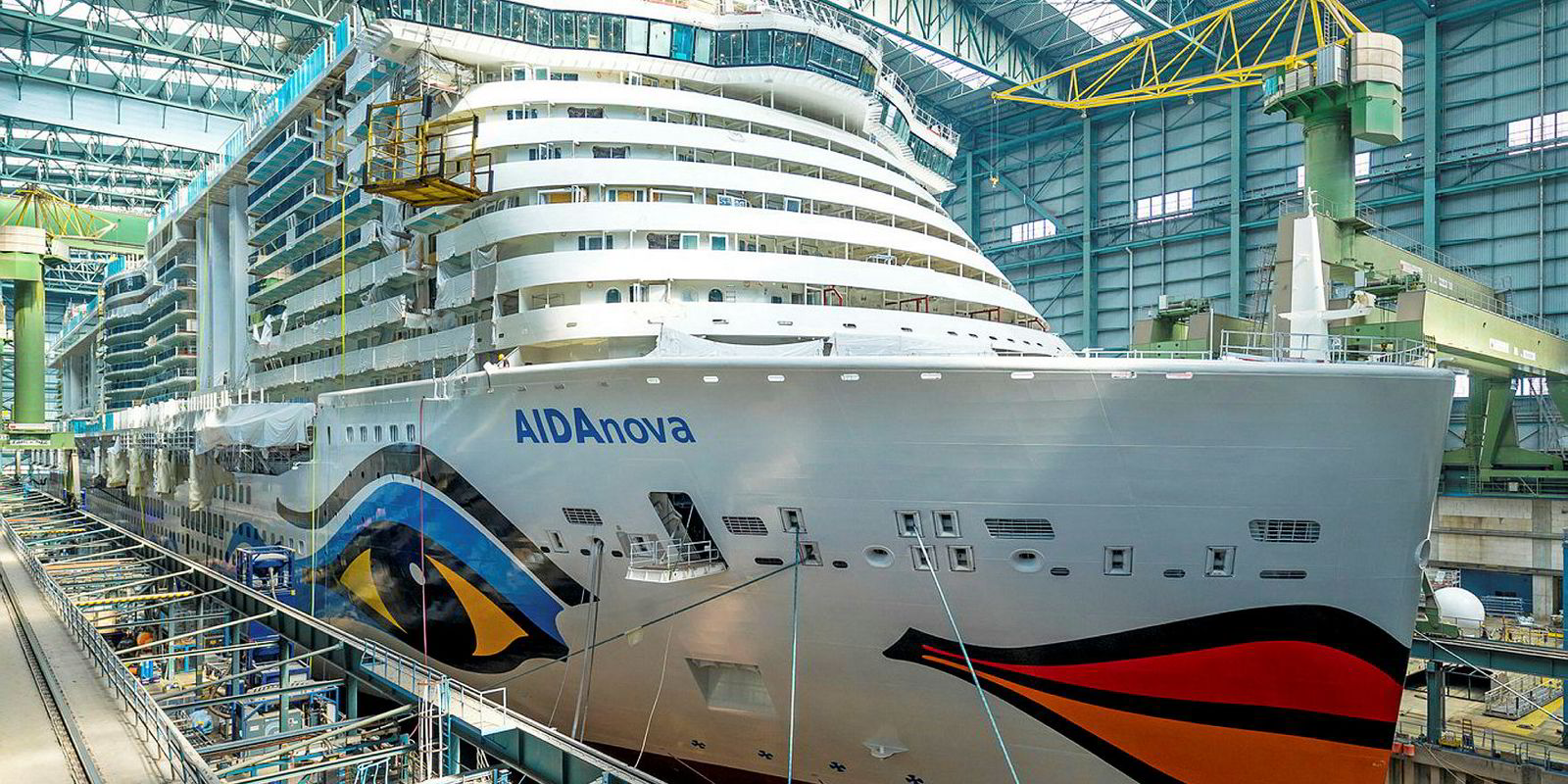Diversification has finally started to pay dividends for Norwegian shipyards and marine equipment manufacturers amid the persistently weak newbuilding demand for offshore vessels.
Once focusing on construction of offshore supply vessels for the oil and gas sector, the close-knit Norwegian players have made inroads into ferries, expedition cruiseships and fishboats in recent years, according to industry data and officials.
“When the offshore market evaporated, we needed to consolidate to see what the future would be,” Kristian Saetre, managing director of shipbuilder Ulstein Verft, tells TradeWinds. “To continue operations, we needed to look at different segments."
Erlend Prytz, chief executive of industry group Norwegian Maritime Exporters, says: “Even though there are signs of relief, the offshore industry has been poor; merchant shipping not as bad, but also having some problems.
“[Norwegian equipment suppliers] have been looking for new markets and new niches.”
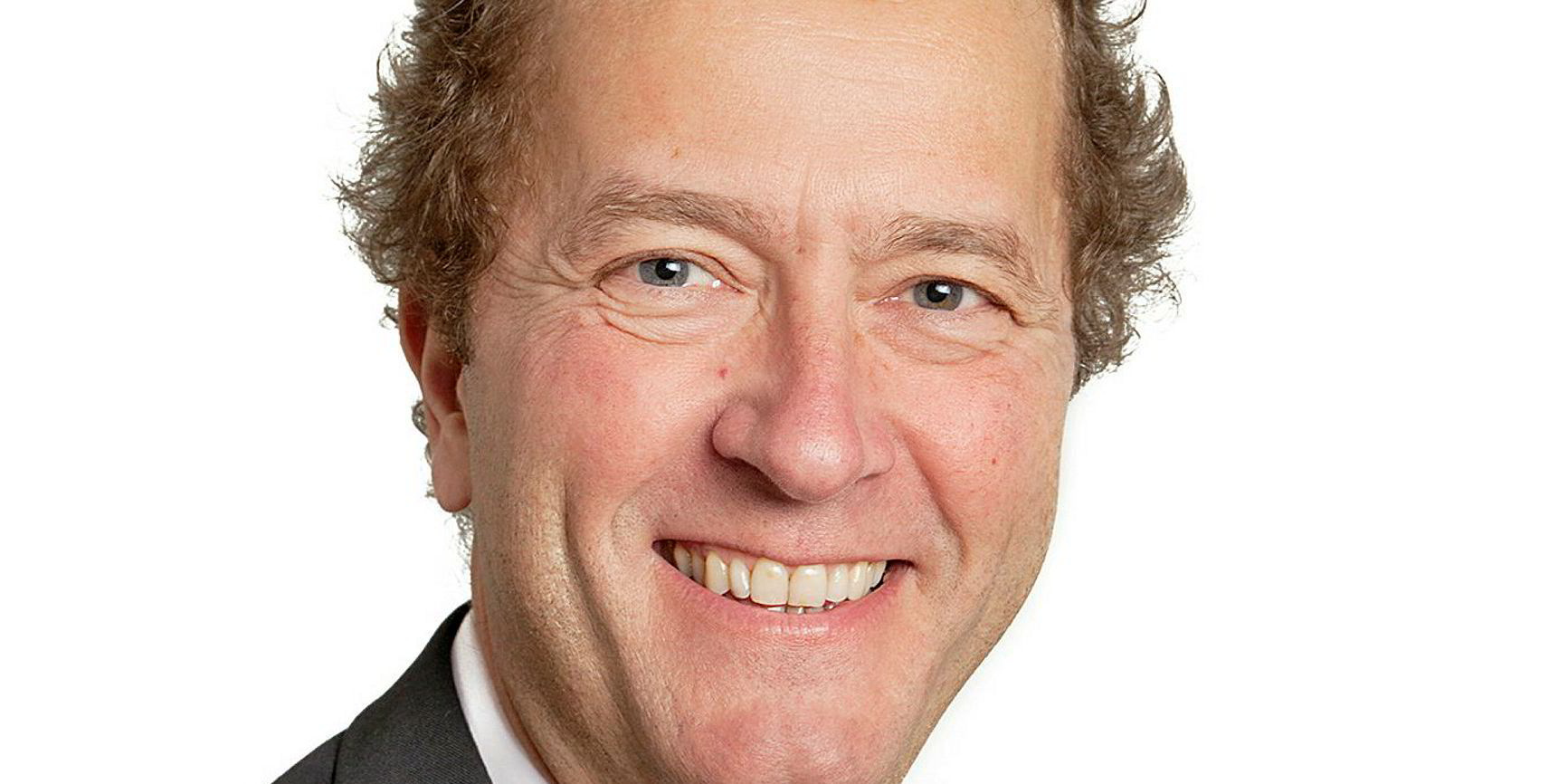
The latest available annual data from the Federation of Norwegian Industries shows the order backlog at Norwegian yards grew in the 12 months to August 2018 after years of falling, with newbuilding contracts for ferries, passengerships and cruiseships replacing offshore vessels as the top employment sources.
As of early May, Clarksons recorded 40 vessels on the orderbook of Norwegian yards, including 12 cruiseships, six passengerships and 10 ropaxes.
The shipbuilding recovery has passed on to equipment makers, which relies on the domestic market for roughly one-third of its sales, according to a report by the Federation of Norwegian Industries. Norwegian equipment suppliers are expected to see a 13% rise in revenue this year and a 3% increase in employment.
Estimates by Menon Economics suggest these equipment makers' operating margin is set for further growth this year, having returned to the positive territory of 1.8% in 2018 for the first time in three years.
2015: 3.6%
2016: -1.7%
2017: -0.3%
2018: 1.8%
2019: strong growth
*2018/2019 are estimates
Source: Menon Economics/Federation of Norwegian Industries
Despite strong growth in passenger-related segments, conventional offshore and merchant shipping sectors still make up for three-quarters of Norwegian suppliers’ revenues, the Federation of Norwegian Industries report points out.
“The marine market has always been of strongly cyclical nature," Brunvoll executive vice-president Knut Andresen says. "Therefore, being in several market segments is important."
While supplying equipment to passengerships, the Molde-based company has also won orders to develop propulsion systems and reduction gears for six Teekay shuttle tankers under construction at Samsung Heavy Industries, as well as battery-powered propulsion systems to the containership Yara Birkeland, which is being hailed as the world’s first autonomous vessel.
“We have been lucky ... We have cooperated with the situation quite well,” Andresen says.
The cluster view
Some industry officials point out that Norwegian shipyards and equipment suppliers eventually feed on each other when entering new markets, which is not always an easy task for the formerly offshore-focused players.
Fincantieri-owned Vard pushed back the delivery date of the 16,100-gt expedition cruiseship Hanseatic Nature by at least one month, while the two hybrid cruiseships under construction at Kleven Verft — the Roald Amundsen and Fridtjof Nansen — are facing one-year delays.
“When we are [building] a new type of vessel ... it will always be a prototype,” Saetre says.
“All the vessels have their challenges ... you have to identify [them] from the start. How successful you are depends on how much challenge you are able to identify.
“You need to search for knowledge. The suppliers have a lot of knowledge ... You have to play along with [them]. They are very important players in the picture.”
With a handful of active yards and dozens of equipment makers and designers, most of which are concentrated in western Norway or the broader Oslo area, the Norwegian maritime cluster has long been proud of its cooperative culture.
However, some industry officials reckon the driving force lately has been the Norwegian government, whose carrot-and-stick approach is pushing forward the development of ship technology.
On one hand, Oslo has established some of the strictest regulations for ship emissions. For example, tourist ships and ferries will be banned from emitting any greenhouse gases in the World Heritage fjords in western Norway by 2026. Norway has also committed to reducing emissions by 40% from the 1990 levels before 2030.
'Focus on environment'
“It’s important we focus on the environment ... [Though] we need to be able to crawl before we walk, and walk before we run," Prytz says. "Make sure the industry and local economy can survive. We need to have a balance between fuelling the economy and [protecting the] environment.”
On the other hand, the government has provided funding for ship technology via schemes such as Enova and Innovation Norway. It has launched the Green Shipping Programmes with classification society DNV GL to promote coastal shipping, favouring shortsea transport over trucking in efforts to reduce emissions.
“Norwegian shipowners can get funding for installing green technology onboard their ships. They [the government] have quite good mechanism,” says Hege Okland, chief executive of NCE Maritime CleanTech, a maritime commercial hub whose members include Odfjell and Leirvik.
In Okland’s view, what is needed for further development is more cargo owners who are more concerned about the CO2 footprint of their logistics activities. With support from waste-handling company Noah, Hagland Shipping is installing battery hybrid technology on the 4,699-dwt Hagland Captain (built 2012) for nearly NOK 30m ($3.4m), with a goal of zero emissions during port operations.
“You cannot expect shipowners to do this kind of investment [alone] if we don’t have commitment of cargo owners,” Okland says.
